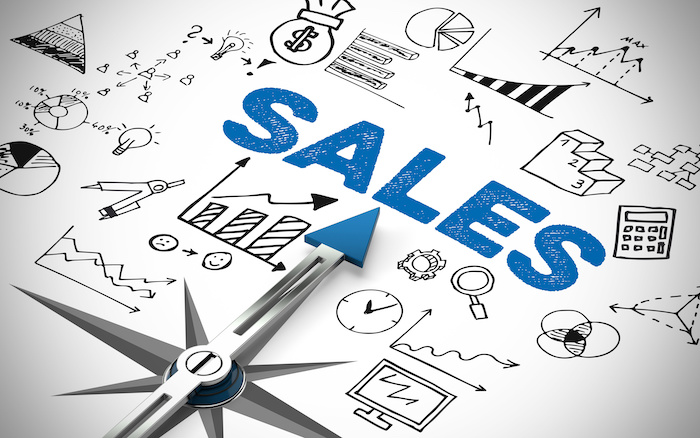Your cart is currently empty!

Basic Rules for Sales Pages
Sales pages are not the same as other pages on your website. These are the pages that are supposed to sell something, and most websites have them — or should have them. Follow the basic rules for sales pages and you will see an increase in conversions.
We’re not talking about the pages that have calls to action like “Request a quote” or “Call us and let’s talk.” These are pages with “Buy now!” buttons.
Here are the basics for writing these pages:
Remember why you’re there
One of our clients put it best. He and a colleague were looking over a sales page I’d written for him and, he said, “We felt like it was too salesy. Then we remembered what we were doing here.” Some pages at your website are just there to inform, to help, to engage. Some are supposed to sell something, so they can’t be too delicate to make the sale.
Salespeople say you have to be sure to ask for the sale when you make a sales call, and your sales page is the online equivalent of a sales call. Make sure that your sales pages ask for the sale.
Remember your audience
Some people love the hard sell page bristling with exclamation points and big orange buttons. Others run the other way fast when they see a page like that. It depends on your market and your product. If you’re going for an upscale feel and a product that requires a lot of trust, you need something quite different from the hard sell page.
A sales page for a martial arts course or a soccer video looks different from the sales pages for high-ticket software or medical procedures, even if the pricing is the same.
Give plenty of chances to buy
People will decide to buy at different points on the page. One button at the bottom of the page won’t be seen by everyone. One button at the top of the page will be seen by people who aren’t ready to buy. A reasonable way to write your sales page offers multiple opportunities to make the purchase:
- A Buy Now button at the top of the page, in the usual Call to Action spot, along with contact information and an invitation to learn more, with a link.
- A clear statement of the basic offer, whatever it is, and how to get it. “Download a free 30 day trial of the most popular remote backup solution and use it in your work environment” or “We’ll ship 25 top quality glowsticks directly to your door for just $11.99.” The object is to leave no uncertainty, so people who know what they want can tell that you have it. A picture of the product or of the service in use belongs here.
- A Buy Now button following that clear statement, for people who were looking for your product and are ready to buy.
- A clear statement of the benefits (not the features) of your product or service, for people who aren’t ready to decide. Just how pushy you are at this point depends on your audience, but you should make your product as alluring as possible. Offer facts, stories, pictures, and testimonials at this point.
- A Buy Now button after that for people who are now convinced.
- Details about the features for people who are comparing your item with another option. At this point, you can bring out the differences between your product and the competition or provide reviews, awards, lists of your clients — whatever helps to convince people who are almost sure they want to buy.
- A Buy Now button there for the people who’ve made it all the way down the page.
- You can stop now, or you can go ahead and add a personal note from the founder or a money back guarantee or something designed to squeeze out the last bit of juice from the page. If you do this, have a final text link that takes the visitor directly to the checkout page.
If people have already made up their minds, going through further sales copy in search of the button to push can cause them to talk themselves out of buying. Provide enough Buy Now buttons that they can buy as soon as they decide to make the purchase.
Have a good Buy Now button
A large, warm (orange or red) button with good, clear content (like “buy now” or “Yes, I want to save 45%!”) will work best. We see buttons with text like, “Click to buy now” or excessively cheesy decorations, but we don’t like them.
Two arrows, dollar bills exploding from the button, and drop shadows make you look unreliable in most markets. A blinking button is also a bad idea.
Make it easy to buy at sales pages
Once people push that Buy Now button, they shouldn’t have to go to much more trouble. They should be at the check out or download page, not at the homepage of the site where they can really get the stuff. They shouldn’t have to fill out a lengthy form or register unless it’s worth it to you to lose people at this point in exchange for the additional information. They definitely shouldn’t have to wade through more sales copy.
A sales page is one case where following the rules will pay off. A clear sales page that lets your visitors make their buying decisions as soon as they’re convinced is a benefit for your business.
by
Tags:

Leave a Reply